15 Important Facts To Remember When Crossing The Canadian-American Border
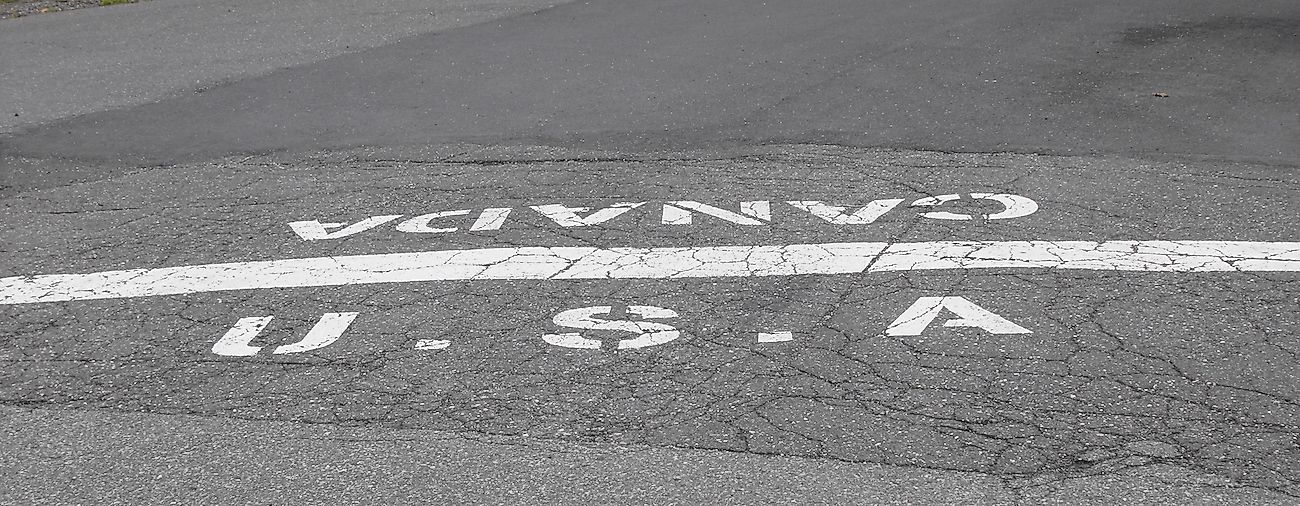
- Canada is bigger than America. It covers 3.85 million square miles.
- Canada’s head of state is the British monarch.
- It is 22% more expensive to live in the United States than in Canada.
Canada is a country located in the northern part of the North American continent. It borders the United States of America and Alaska. Canada is the second-largest country in the world and has a population of over 16 million people. The country’s capital city is Ottawa, where nearly one million people live. Although Canada is neighbors with the United States, there are many differences between the two countries, including currency and languages. Here are 15 things you should know when crossing the Canadian-American border:
15. Land mass
Canada is bigger than America. It covers 3.85 million square miles and has the world’s longest coastline which spans 151,019 miles. America, in comparison, covers 3.79 million square miles; it is approximately 2% smaller than Canada.
14. Population size
Although Canada is larger than the United States, it has a significantly smaller population. There are 37.59 million people living in Canada compared to 328.2 million people living in the United States. The state of California has a higher population than Canada, with 39.51 million people making it their home.
13. Food
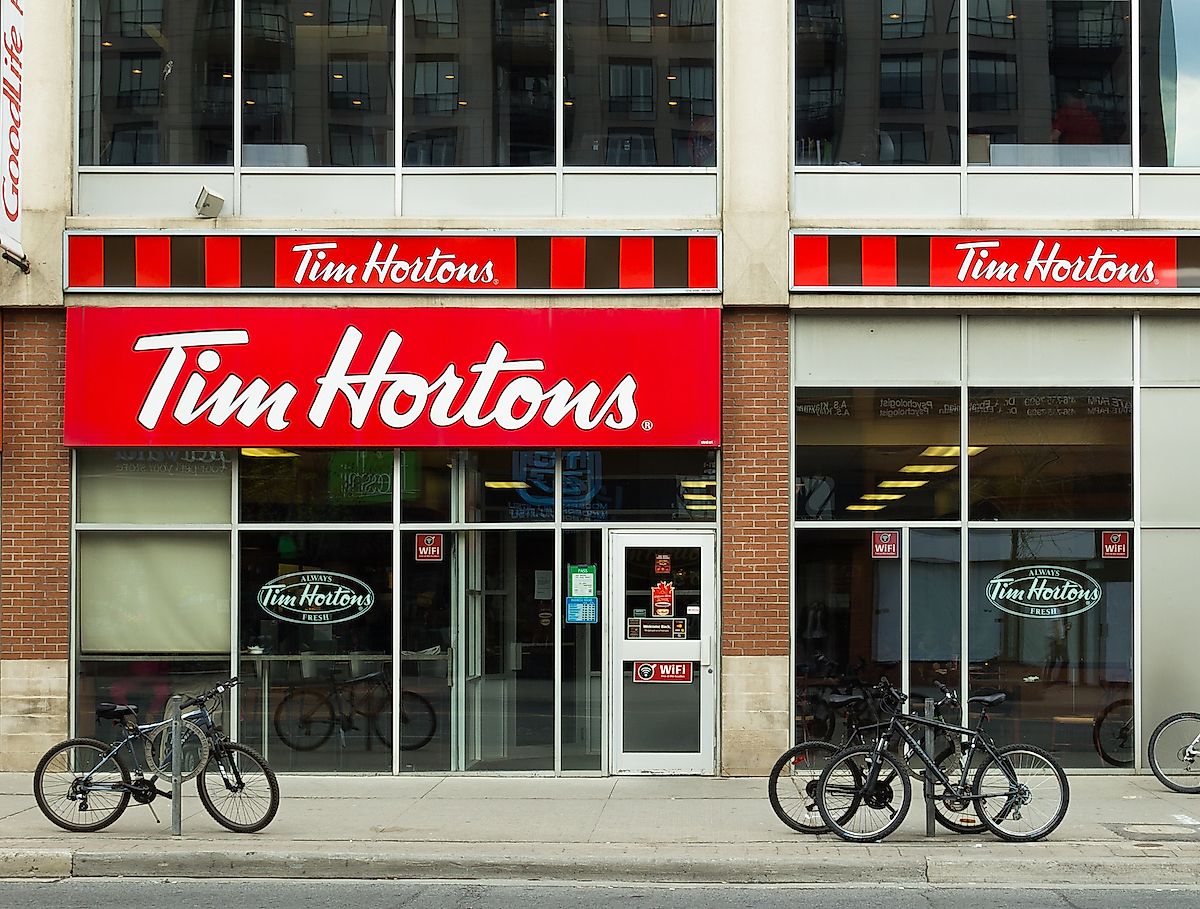
Although Canada and the United States share a lot of similarities in the foods they eat, there are some differences. Canada’s national dish is the French-influenced poutine; it is a meal that consists of fries, cheese, and gravy. Another difference you may notice when crossing the border is the abundance of Tim Hortons, Canada’s favored coffee provider. You will notice three times more Tim Hortons than Starbucks.
12. Currency

Canada’s currency is the Canadian dollar, which is subdivided into cents. One-dollar coins are used instead of bills and there is even a two-dollar coin called a toonie. Although you can use major credit cards in Canada, you will not be able to pay in United States dollars so it is best to change your money before crossing the border.
11. Driving on the right
Canada used to be a British colony and most ex-British colonies drive on the left-hand side but Canadians drive on the right-hand side, like in America. This is to make it easier for those crossing the border.
10. Legal drinking age
In most provinces of Canada, the legal drinking age is 19. However, in Alberta, Quebec and Manitoba it is set at 18 years. You may be required to show your ID if you look under 25 years old. Americans are allowed to legally drink in Canada at 18 or 19, despite being ‘under-age’ in the United States.
9. Healthcare
In America, healthcare is usually provided through private companies. However, in Canada, they have a publicly funded healthcare service. Known as Medicare, the service covers 70% of Canadian’s healthcare needs, the 30% that is not covered consists of medicine, optometry, and dentistry. Canadian’s take out supplementary health insurance to help cover these costs. However, Canada does not pay for hospital or medical services for its visitors, so you will need to make sure you have health insurance before crossing the border.
8. Measuring system
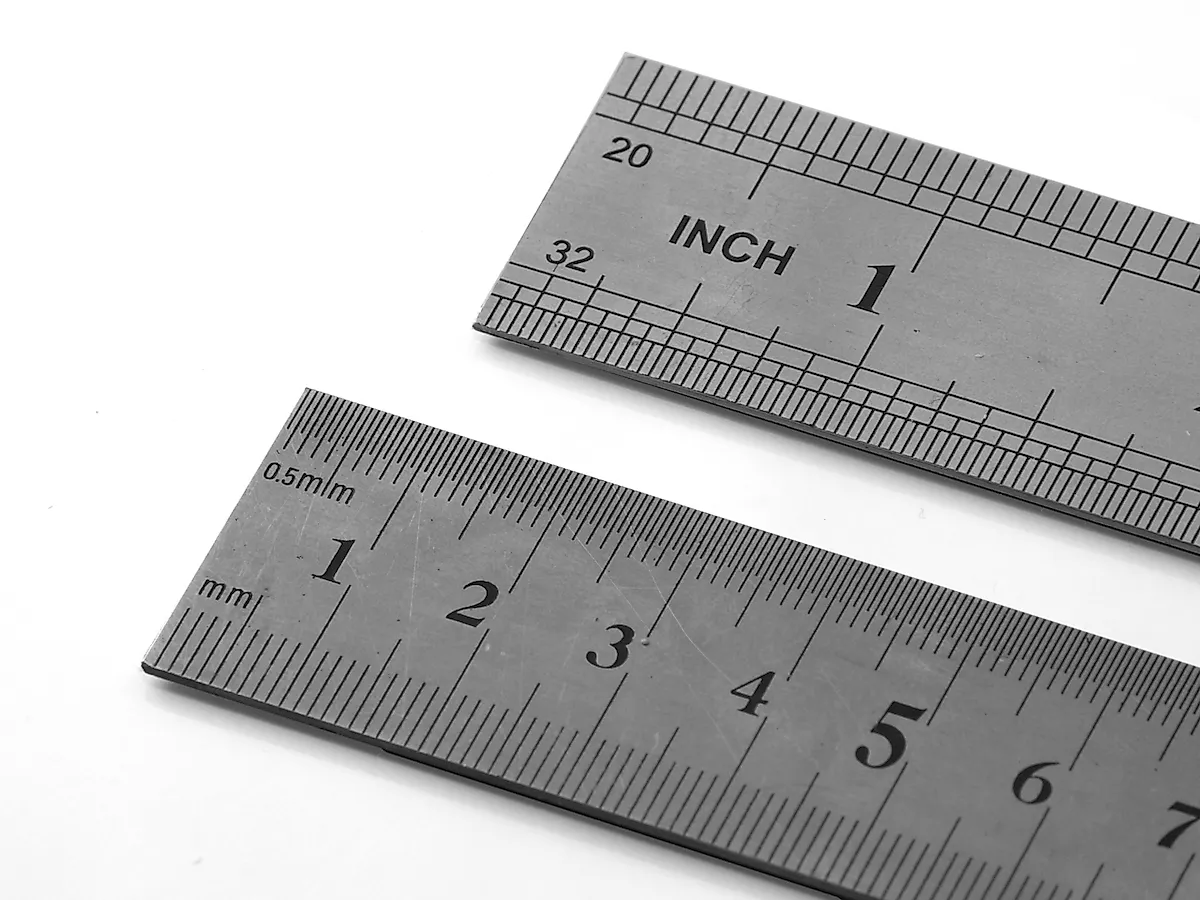
The United States uses the Imperial system of measurement where length is measured in feet, inches, and miles; volume is measured in fluid ounces, pints, and gallons, and temperature is measured in Fahrenheit. Canada uses the metric system; temperature is measured in Celsius, volume is in liters, and weight is in kilograms.
7. Languages
Canada has two official languages: English and French. The majority of Canadian’s speak English, so signposts and information are provided in English. Americans crossing the border will have no problems with navigating their way around. Most of Canada’s French speakers live in Quebec, so the signs and information are in French, which may be difficult for American visitors.
6. Internal flights
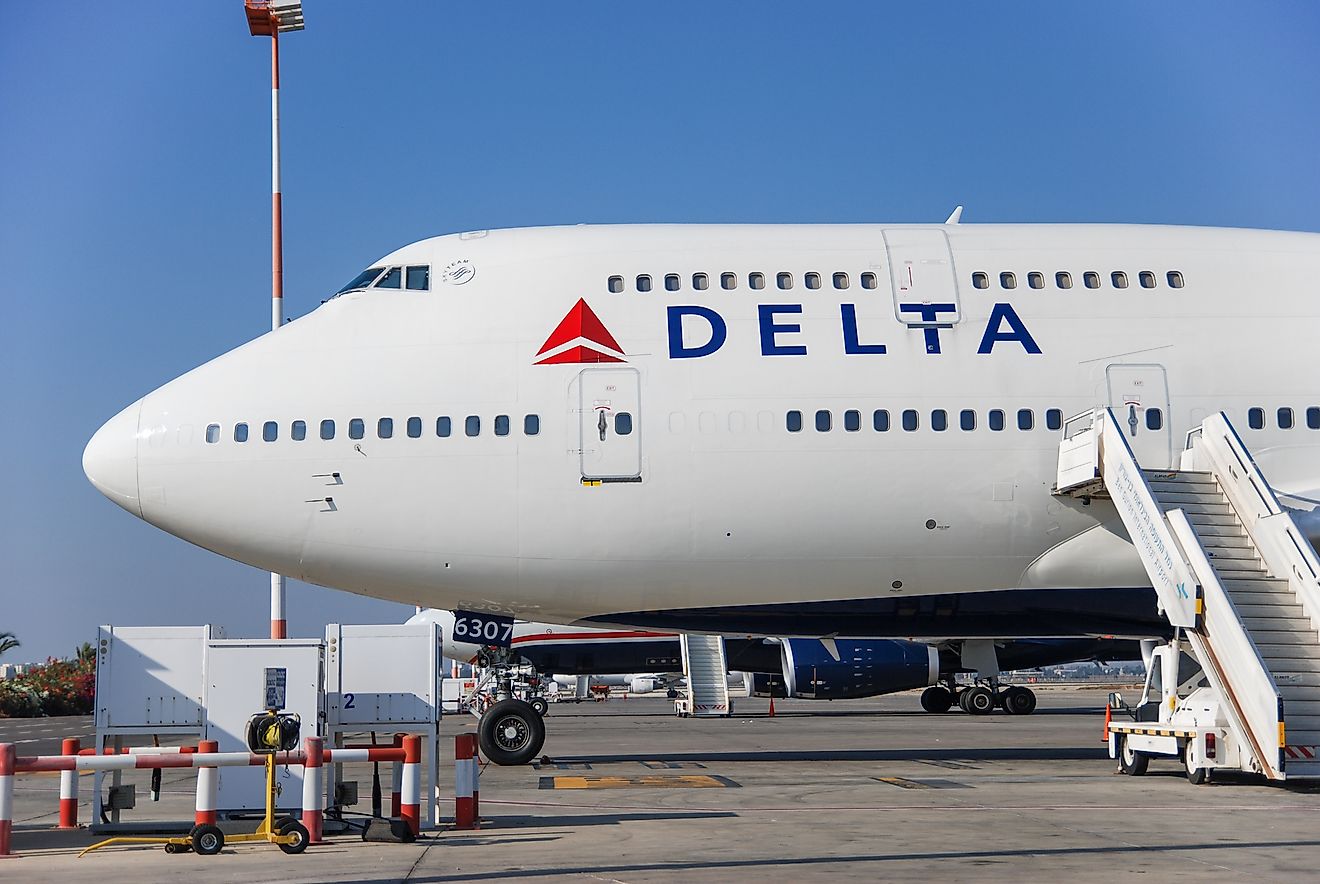
America has a number of airlines, including Delta, Spirit and American Airlines which make internal flights in the US fairly cheap. However, Canada has only two major airlines so there is no competition to provide cheap flights. There are also very high landing and airport fees, 200% more than at US airports. Because of this, internal flights are very expensive in Canada, which is worth remembering when crossing the border.
5. Milk cartons
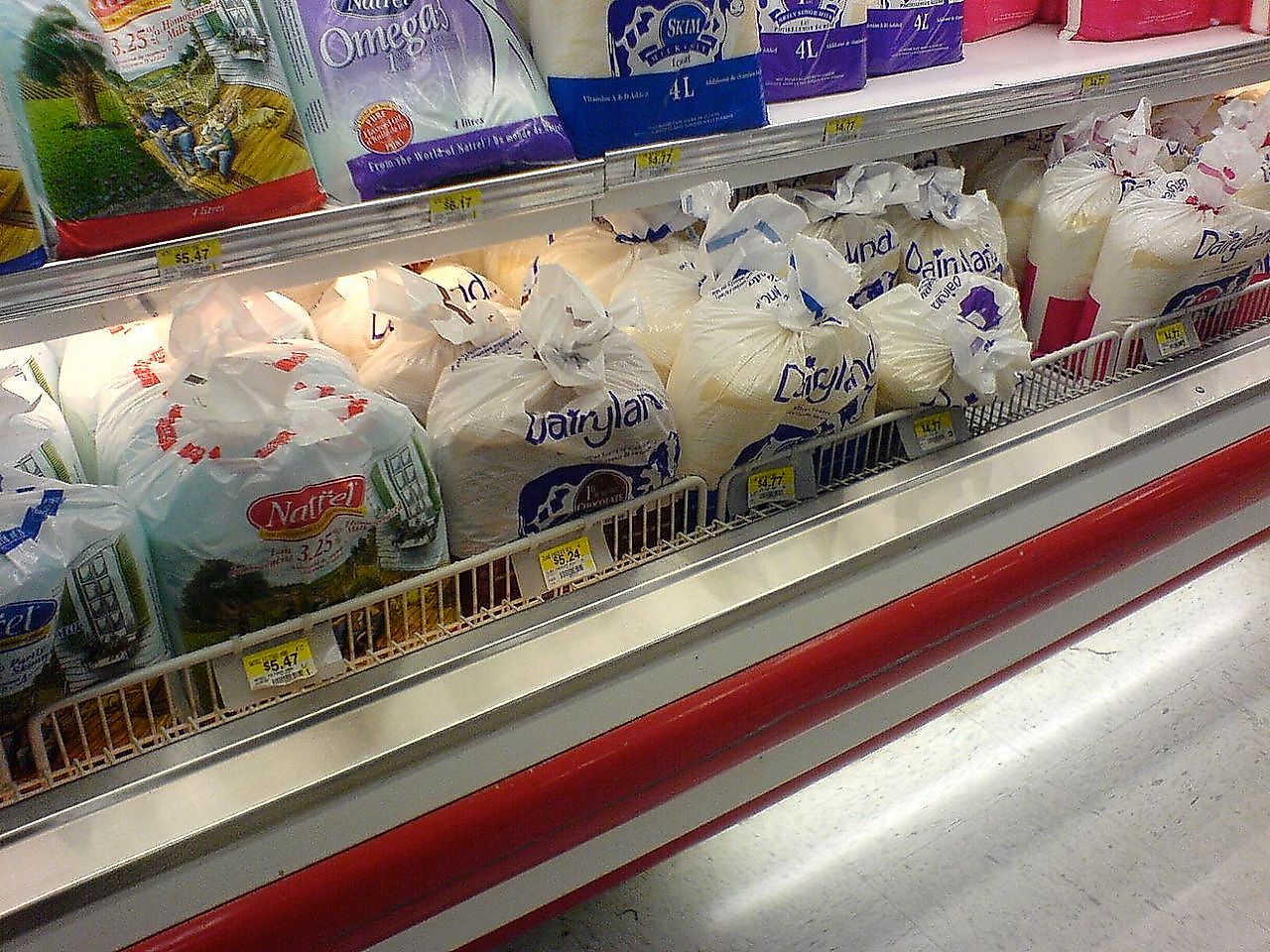
If you wish to buy some milk when in Canada, you may be surprised to find that it is not sold in cartons but sold in bags. The milk bags are mainly sold in Ontario, the Maritimes and Quebec and have been in production since the 1970s. The method was introduced as it was cheaper and more practical than the heavy glass bottles that were originally used. To drink the milk, simply insert a bag into a pitcher, snip off the corner and pour.
4. Spelling
Although Canadian vocabulary is much like American, you may notice when crossing the border that spelling is slightly different. Canadian English often retain British English spellings for words that end in –er or –or. For example, colour and centre instead of color and center. However, spellings in such words as recognize and realize remain the same. Despite the differences, Canadians and Americans have no problem understanding each other.
3. Government system
Although the United States and Canada are both federal states, there are important differences between the way the countries are governed. One of the biggest differences is that Canada’s head of state is the British monarch, who is represented by the governor general. The head of state chooses Canada’s prime minister, who is the head of government. In contrast, America is a republic; this means that the head of government is elected by its people. Here, the head of state and the head of government are the same thing. Another difference worth noting is that America has two major political parties: Democratic and the Republican, whereas Canada has five: The Conservative Party, Liberal Party, New Democratic Party, Green Party, and Bloc Quebecois.
2. Schooling system

There are a couple of differences between the American and Canadian educational systems that are worth knowing. The first is that school typically begins later in Canada with an average start time of 8:43 am. Secondly, the Canadian schooling system does not have middle school. Children begin with elementary school and end with seventh grade, before entering high school through twelfth grade.
1. Cost of living
It has been suggested that it is 22% more expensive to live in the United States than in Canada. You will find that meals at inexpensive restaurants cost a couple of dollars less in Canada than they do in America, but the real differences are in rental prices, utilities, and medical prescriptions where the monetary difference is much more apparent.











